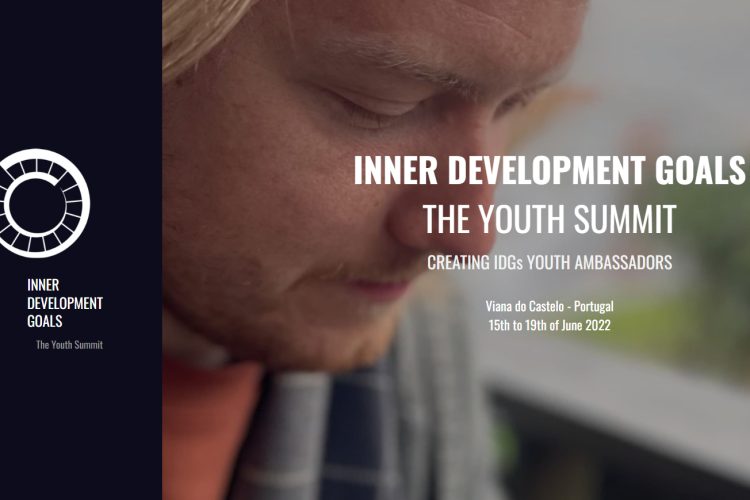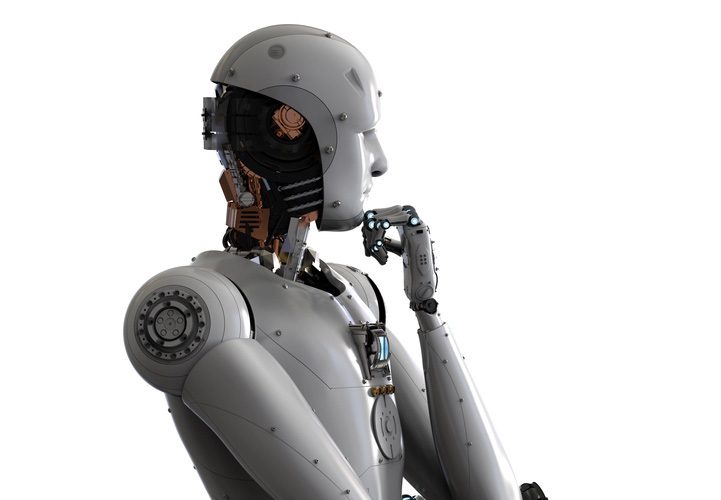INNER DEVELOPMENT GOALS (IDGs) is a blueprint of the capabilities, qualities and skills we need in order to achieve the 17 Sustainable Development Goals (SDGs). We want to educate,...
Abstract Social entrepreneur Chinyere Nnadi (Nnadi), Co-founder & CEO of Sustainability International (SI), had started his non-profit organisation to provide innovative solutions using technology to alleviate poverty in Africa....
Abstract Timbaktu Collective is a non-profit organization in southern India, working for the sustainable development of rural communities with an emphasis on ecological principles and social harmony. One of...
Abstract The dislocation of millions of people in various conflict zones of the Middle East and Africa is one of the greatest humanitarian catastrophes of our time. Given the...
Digitalization – the increased use of information and communication technologies (ICT) – is affecting all areas of our lives. Rapid progress in the development of hardware and software is...
Increased global interconnectivity has encouraged a prevalence of forums that seek to organise and facilitate action on sustainability and inequality on a global scale. A body of work has...
Investments are the key driving forces for the progress of our society. A new trend is being developed with impact investments, ensuring the societal value creation of the financial...
The research paper examined the value of skills training on the socio-economic profiles of beneficiaries of microfinance in the Northern Region of Ghana. The main interest of the study...
Microfinance industry has achieved an unprecedented growth over the last two decades. Consequently, the landscape of the microfinance institutions (MFIs) has evolved to include a diverse array of institutional...
Abstract As a leader in sustainable finance in India, Yes Bank reached the milestone of mainstreaming sustainability within its core business principles with a vision of evolving as...



